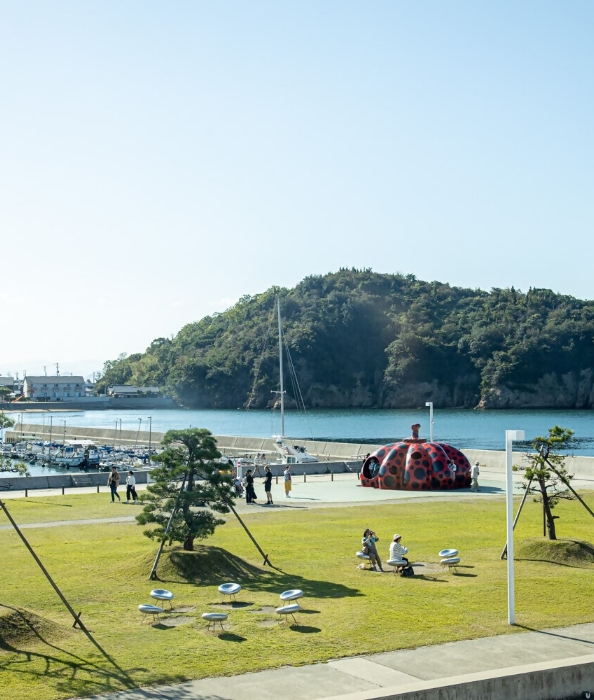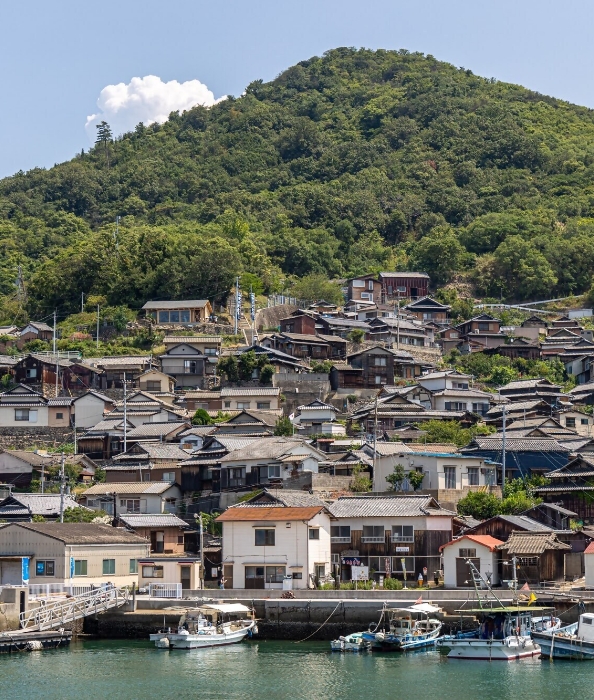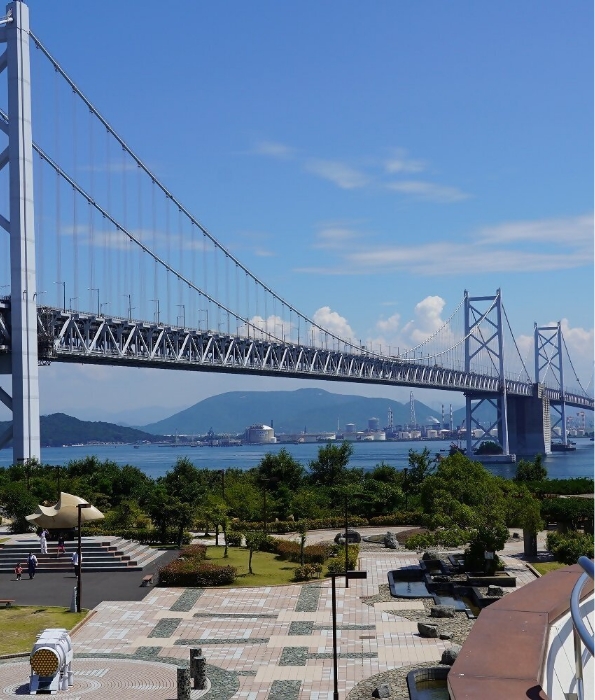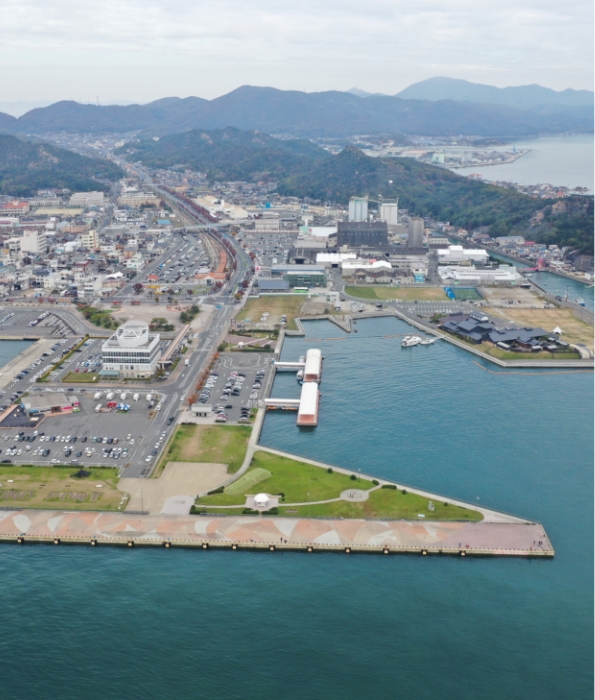Islands and Venues

Honjima
A townscape that conveys the island's history as the headquarters of the Shiwaku seafaring clan and their skilled boat carpenters.
Located west of the Seto Ohashi Bridge at the center of the Shiwaku archipelago, Honjima has an area of 6.74 km², a circumference of 16.4 km and a population of about 250. The main industry is fishing.
Honjima flourished as the base of the Shiwaku seafaring clan, producing many skilled navigators due to the tricky currents. The sailors were also skilled shipbuilders, and later their carpentry skills were in high demand for building houses, shrines and temples.
The Kasashima district is Kagawa's only nationally designated Important Preservation District for Groups of Historic Buildings. Here you can enjoy exquisite examples of traditional architecture and experience the atmosphere of an old port town.

Headquarters of the Shiwaku Seafaring Clan
The Shiwaku islands was home to the Shiwaku seafaring clan, a formidable maritime force based in Honjima that was renowned for its superior navigation and shipbuilding skills. The clan’s skills and naval support were sought after by Japan’s leaders through the ages. When Japan was reopened to the world in the mid-19th century, the first Japanese ship to sail across the Pacific Ocean, the Kanrinmaru, was manned mainly by Shiwaku seamen. They also earned fame as Shiwaku carpenters, applying their shipbuilding skills to the construction of houses, temples and shrines. The excellence of their work is evident in Honjima’s many traditional Japanese buildings.

Preservation of Historic Buildings and Townscape
Honjima was granted autonomy from the reign of Toyotomi Hideyoshi in the 16th century, and it developed its own culture and economy. Many buildings date back several centuries and have been maintained in good condition, including Kinbansho, the former seat of government. Kinbansho is now a museum that houses such precious artifacts as documents stamped with the seals of the three most influential Japanese leaders of the late 16th century. Ancient temples and shrines as well as the Kasashima district filled with elegant residences built between the 17th century and the 20th century preserve the atmosphere of bygone days and serve as a testimony of the island's former prosperity.

Island of Stone
The granite quarries and stone masonry skills from Honjima and other islands in the Seto Bisan area have long supported Japanese architecture. Stone quarries can be found on many islands, including Honjima. Stone from these was cut and shipped for the walls of Osaka Castle. The culture and history related to the stone industry on these islands was designated a Japan Heritage by the national government in 2019.


















